9 items found
Page 1 of 1
-
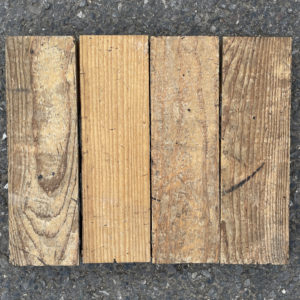
47sqm Reclaimed English pine Parquet Block
£3,400 incl. VAT the batch47sqm Reclaimed English pine Parquet Block
rectangular parquet blocks 9 x 2 3/4", golden colour, tongue and grooved,£3,400 incl. VAT the batch -
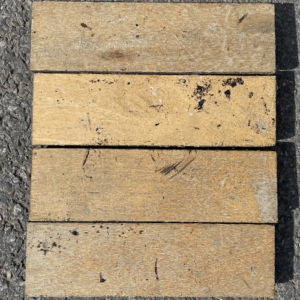
23sqm Reclaimed English beech Parquet Block
£1,650 incl. VAT the batch23sqm Reclaimed English beech Parquet Block
rectangular parquet blocks 9 x 2 3/4", straw colour, tongue and grooved,£1,650 incl. VAT the batch -
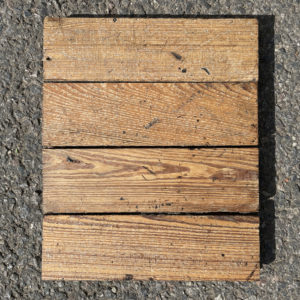
23sqm Reclaimed English pitch pine Parquet Block
£1,430 incl. VAT the batch23sqm Reclaimed English pitch pine Parquet Block
rectangular parquet blocks 9 x 2 3/4", straw colour with a chocolate figured grain, tongue and grooved,£1,430 incl. VAT the batch -
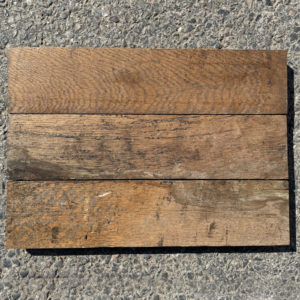
15.5sqm Reclaimed English Oak Long Parquet Block
£995 incl. VAT the batch15.5sqm Reclaimed English Oak Long Parquet Block
rectangular parquet blocks, tongue and grooved,£995 incl. VAT the batch -
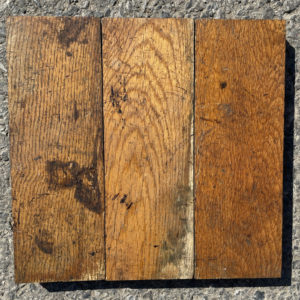
15sqm Reclaimed English Oak Parquet Block
£950 incl. VAT the batch15sqm Reclaimed English Oak Parquet Block
rectangular parquet blocks, tongue and grooved,£950 incl. VAT the batch -
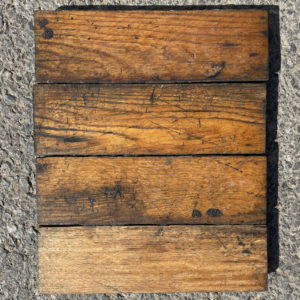
12sqm Reclaimed English Oak Parquet Block
£850 incl. VAT the batch12sqm Reclaimed English Oak Parquet Block
rectangular parquet blocks, golden colour, tongue and grooved,£850 incl. VAT the batch -
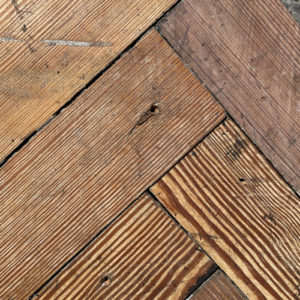
11.5sqm Reclaimed English Long Pitch Pine Parquet Block
£750 incl. VAT the batch11.5sqm Reclaimed English Long Pitch Pine Parquet Block
rectangular parquet blocks, tongue and grooved,£750 incl. VAT the batch -
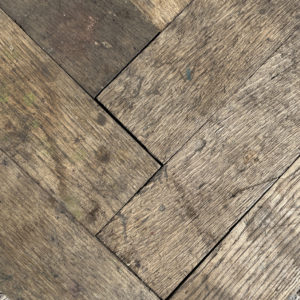
7.25sqm Reclaimed English Oak Parquet Block
£400 incl. VAT the batch7.25sqm Reclaimed English Oak Parquet Block
rectangular parquet blocks, tongue and grooved,£400 incl. VAT the batch -
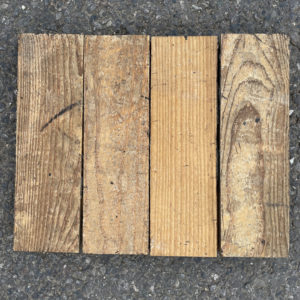
5sqm Reclaimed English pine Parquet Block
£275 incl. VAT the batch5sqm Reclaimed English pine Parquet Block
rectangular parquet blocks 9 x 2 5/8", honey colour with a figured grain, tongue and grooved,£275 incl. VAT the batch
Featured Items
-
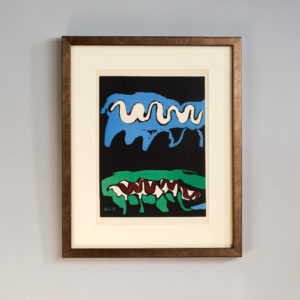
The Four Elements, Earth by Francisco Bores, Verve Vol. 1 / No. 1.
£600The Four Elements, Earth by Francisco Bores, Verve Vol. 1 / No. 1.
The Verve Review was a purposefully luxurious. It ran from 1937 to 1960, but with only 38 editions available, due to the high degree of design and editorial work dedicated to each issue. Each edition contained unique lithographic prints, commissioned by the editor, and each cover a double-page lithograph elaborated by one of the artists contained within. It was the brainchild of its editor Stratis Eleftheriades, a Greek National who moved to Paris in the early thirties to take part in the growing Modernist movement, writing under the name of Teriade.£600 -

Comets by Wassily Kandinsky, Verve Vol. 1 / No. 2.
£800Comets by Wassily Kandinsky, Verve Vol. 1 / No. 2.
The Verve Review was a purposefully luxurious. It ran from 1937 to 1960, but with only 38 editions available, due to the high degree of design and editorial work dedicated to each issue. Each edition contained unique lithographic prints, commissioned by the editor, and each cover a double-page lithograph elaborated by one of the artists contained within. It was the brainchild of its editor Stratis Eleftheriades, a Greek National who moved to Paris in the early thirties to take part in the growing Modernist movement, writing under the name of Teriade.£800 -
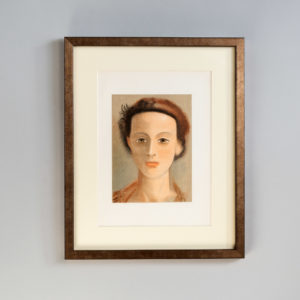
Portrait by Andre Derain, Verve Vol 2 / No. 5-6.
£800Portrait by Andre Derain, Verve Vol 2 / No. 5-6.
The Verve Review was a purposefully luxurious. It ran from 1937 to 1960, but with only 38 editions available, due to the high degree of design and editorial work dedicated to each issue. Each edition contained unique lithographic prints, commissioned by the editor, and each cover a double-page lithograph elaborated by one of the artists contained within. It was the brainchild of its editor Stratis Eleftheriades, a Greek National who moved to Paris in the early thirties to take part in the growing Modernist movement, writing under the name of Teriade.£800 -
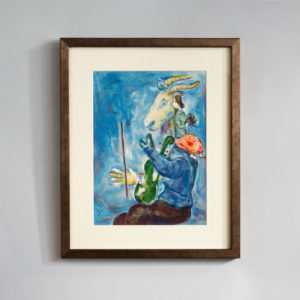
Printemps by Marc Chagall, Verve Vol. 1 / No. 3.
£800Printemps by Marc Chagall, Verve Vol. 1 / No. 3.
The Verve Review was a purposefully luxurious. It ran from 1937 to 1960, but with only 38 editions available, due to the high degree of design and editorial work dedicated to each issue. Each edition contained unique lithographic prints, commissioned by the editor, and each cover a double-page lithograph elaborated by one of the artists contained within. It was the brainchild of its editor Stratis Eleftheriades, a Greek National who moved to Paris in the early thirties to take part in the growing Modernist movement, writing under the name of Teriade.£800
